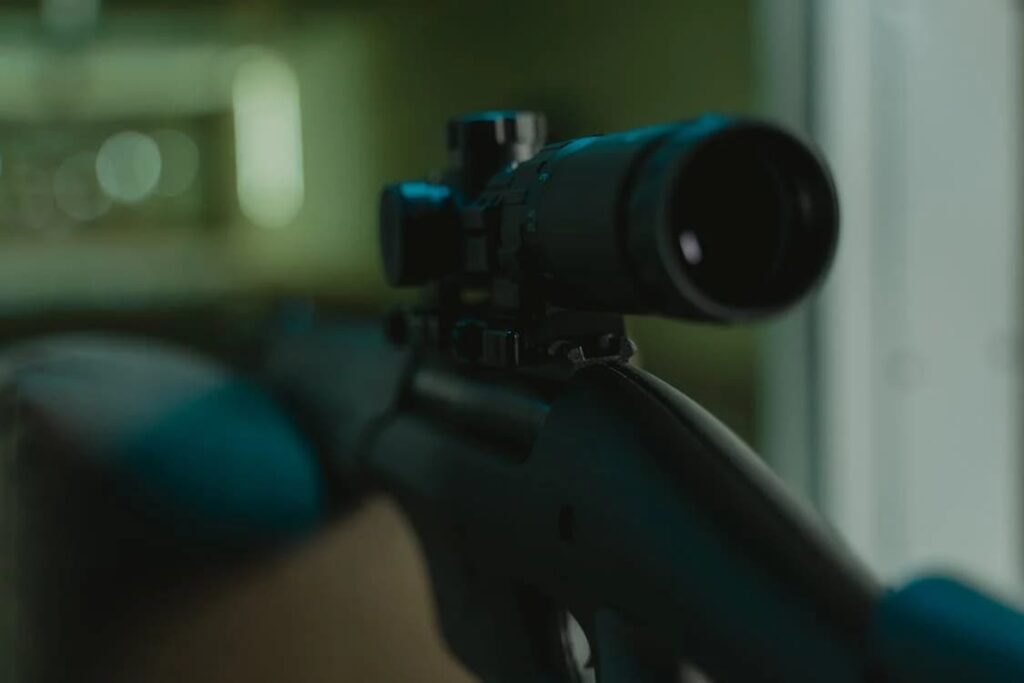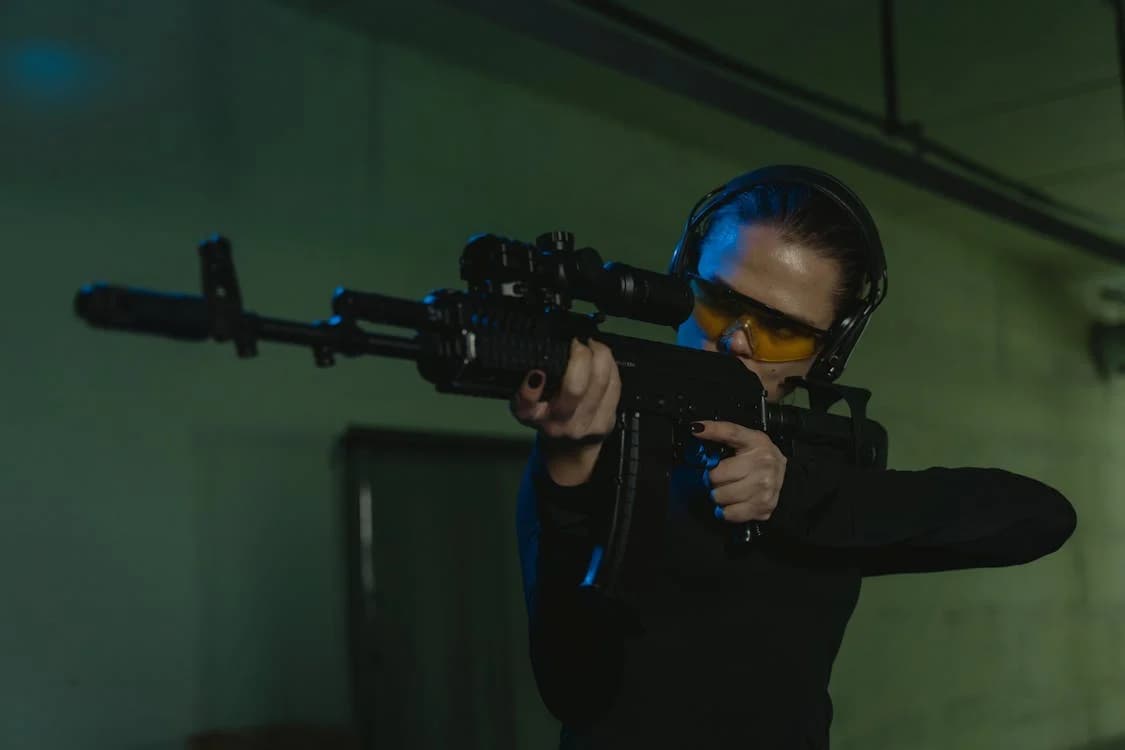In the field of precision shooting, mastering the science of ballistics is crucial. Ballistics involves understanding the behaviour of projectiles, primarily bullets, from the moment they are fired until they hit the target. However, the trajectory of a bullet is not only influenced by physical forces like gravity and wind but also significantly impacted by the optics mounted on the firearm. This article explores how different types of optics affect bullet trajectory and how shooters can use this knowledge to improve their accuracy.
The Science of Ballistics and Optics
Ballistics can be divided into three categories: internal, external, and terminal. While internal ballistics deals with the behaviour of the bullet inside the barrel and terminal ballistics focuses on the bullet’s effect on the target, external ballistics is where optics play a crucial role. External ballistics involves the bullet’s flight from the barrel to the target, and this flight path is influenced by gravity, wind, and air resistance.
Optics, such as scopes and sights, are designed to enhance a shooter’s ability to hit a target accurately by providing a clearer view and compensating for bullet drop, wind drift, and other factors. Let’s dive into the key ways in which optics influence bullet trajectory.
Bullet Drop Compensation (BDC) and Accuracy
One of the most important features in modern optics is Bullet Drop Compensation (BDC). BDC reticles are designed to account for the bullet’s natural downward trajectory over distance. These reticles are calibrated for specific calibres and loads, allowing shooters to adjust their aim to compensate for gravity’s effect on the bullet. For long-range shooting, BDC can make a significant difference in ensuring the bullet lands on target, rather than falling short.
Additionally, shooters who enjoy engaging with dynamic and fast-paced environments may find that playing certain online games, such as hot target online, can help improve their focus and reaction time – skills that are equally valuable on the shooting range.
Magnification, Parallax, and Environmental Adjustments
Magnification in optics allows for better target visualisation at long distances, but it also introduces potential challenges like parallax, where the reticle appears to shift relative to the target when the shooter’s eye is not perfectly aligned with the scope. High-quality optics include parallax adjustment features, which ensure that the reticle remains accurate even if the shooter’s eye position changes slightly.
Moreover, environmental factors like wind, temperature, and humidity also impact bullet trajectory. Advanced optics often include adjustable turrets for windage and elevation, allowing shooters to compensate for these conditions. A scope that allows for fine adjustments in the field is essential for maintaining accuracy in varying environments.
The Role of Optics in Varying Conditions

While it’s easy to consider optics as static tools, their effectiveness can vary greatly depending on the shooting environment. For example, different lighting conditions can significantly affect how well a shooter can see through their optics. In low-light conditions, high-quality optics with features like illuminated reticles or enhanced lens coatings can make a crucial difference, allowing for more accurate aiming even when visibility is limited.
Additionally, different altitudes can affect bullet trajectory. At higher altitudes, where the air is thinner, bullets encounter less resistance and can travel farther. Optics that allow for easy adjustments to account for these environmental variables are essential for maintaining accuracy across various terrains and conditions.
Incorporating advanced optics into your shooting routine not only enhances accuracy but also builds consistency. Regular practice with the same optics enables shooters to anticipate how their equipment will perform under different scenarios, leading to better decision-making in critical moments.
Training and Real-World Application
Understanding the theoretical aspects of how optics influence ballistics is just the beginning. Practical application and training are essential to fully leverage this knowledge. Shooters must spend time on the range, experimenting with different optics settings, practising in various weather conditions, and testing their equipment at different ranges to truly understand how to adjust for bullet drop, wind drift, and other factors.
Moreover, mental sharpness and quick decision-making are vital skills in shooting, just as they are in other high-stakes activities. Engaging in mentally stimulating activities, such as playing certain types of online games, can help keep these skills sharp. For instance, exploring various gaming options on platforms like https://play-fortune.ro/jocuri/pacanele-gratis/ can provide an entertaining way to enhance your cognitive abilities, which are just as important on the range as they are in other areas of life.
Conclusion
The interaction between optics and bullet trajectory is a complex but essential aspect of precision shooting. By understanding the science behind ballistics and effectively utilising your optics, you can significantly improve your shooting accuracy. Whether you are adjusting for bullet drop or compensating for environmental factors, the right optics will give you the edge needed to consistently hit your target. Investing time in mastering your optics and ballistics knowledge will pay off on the range, ensuring that every shot is as accurate as possible.
